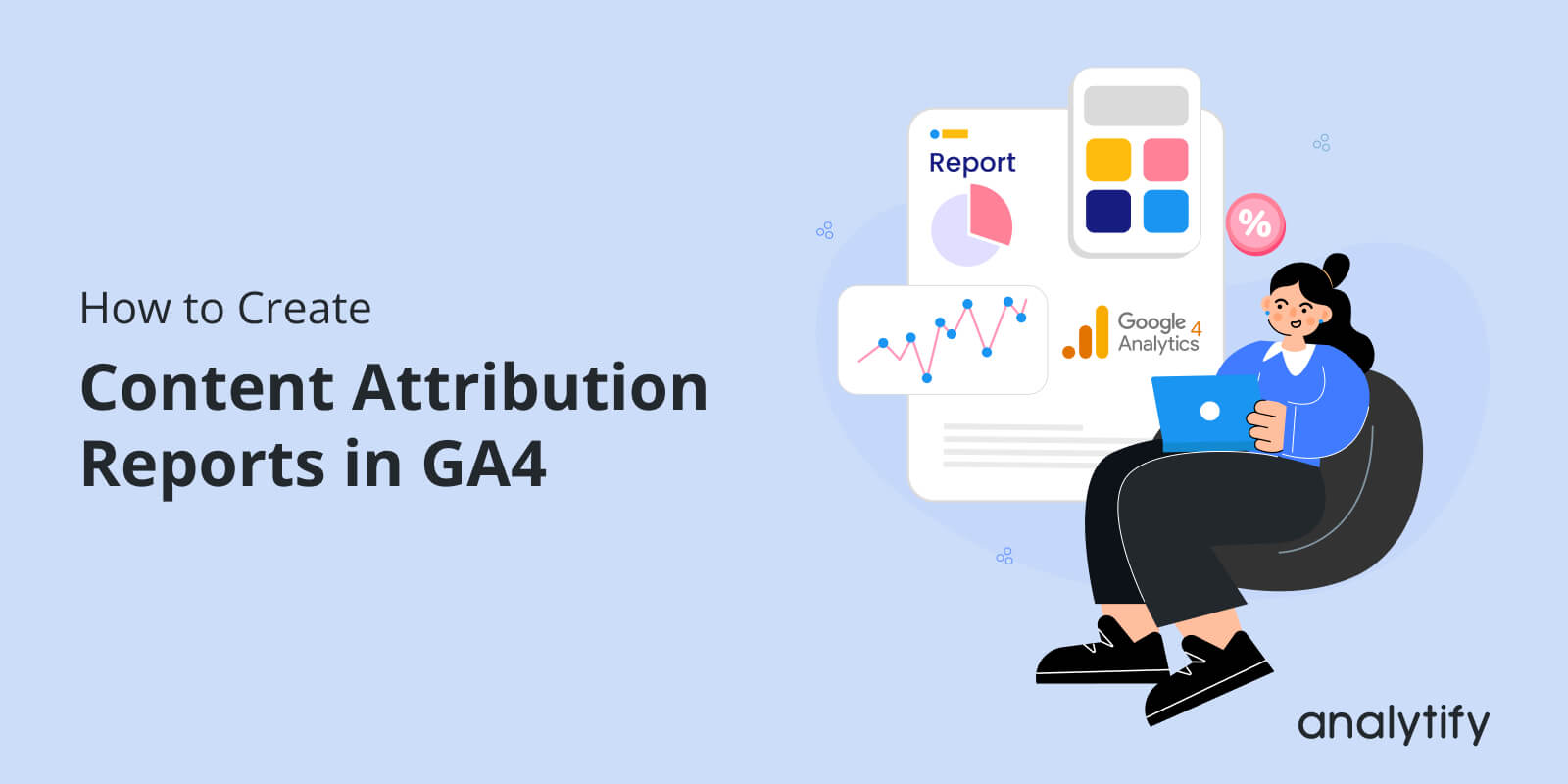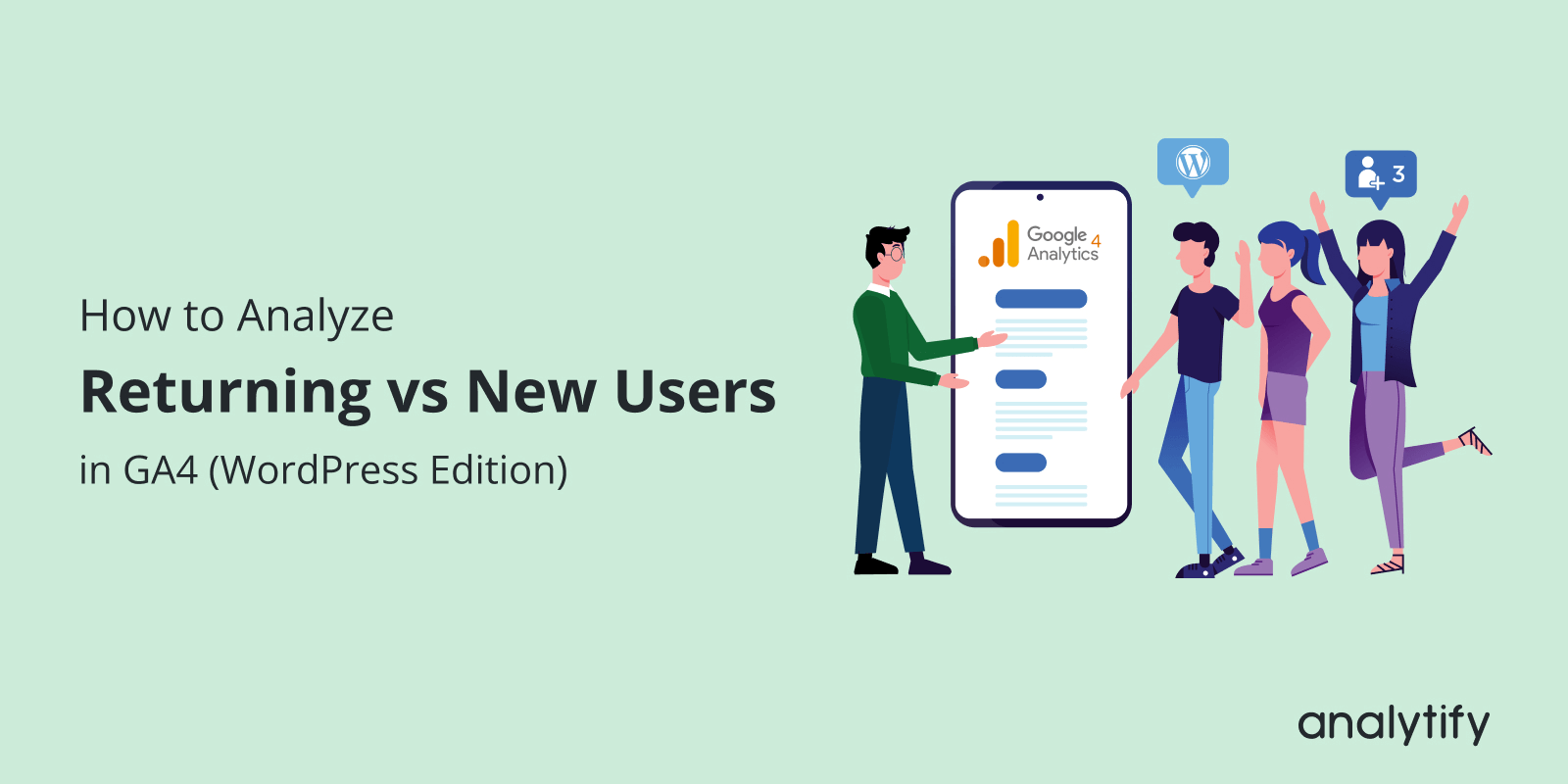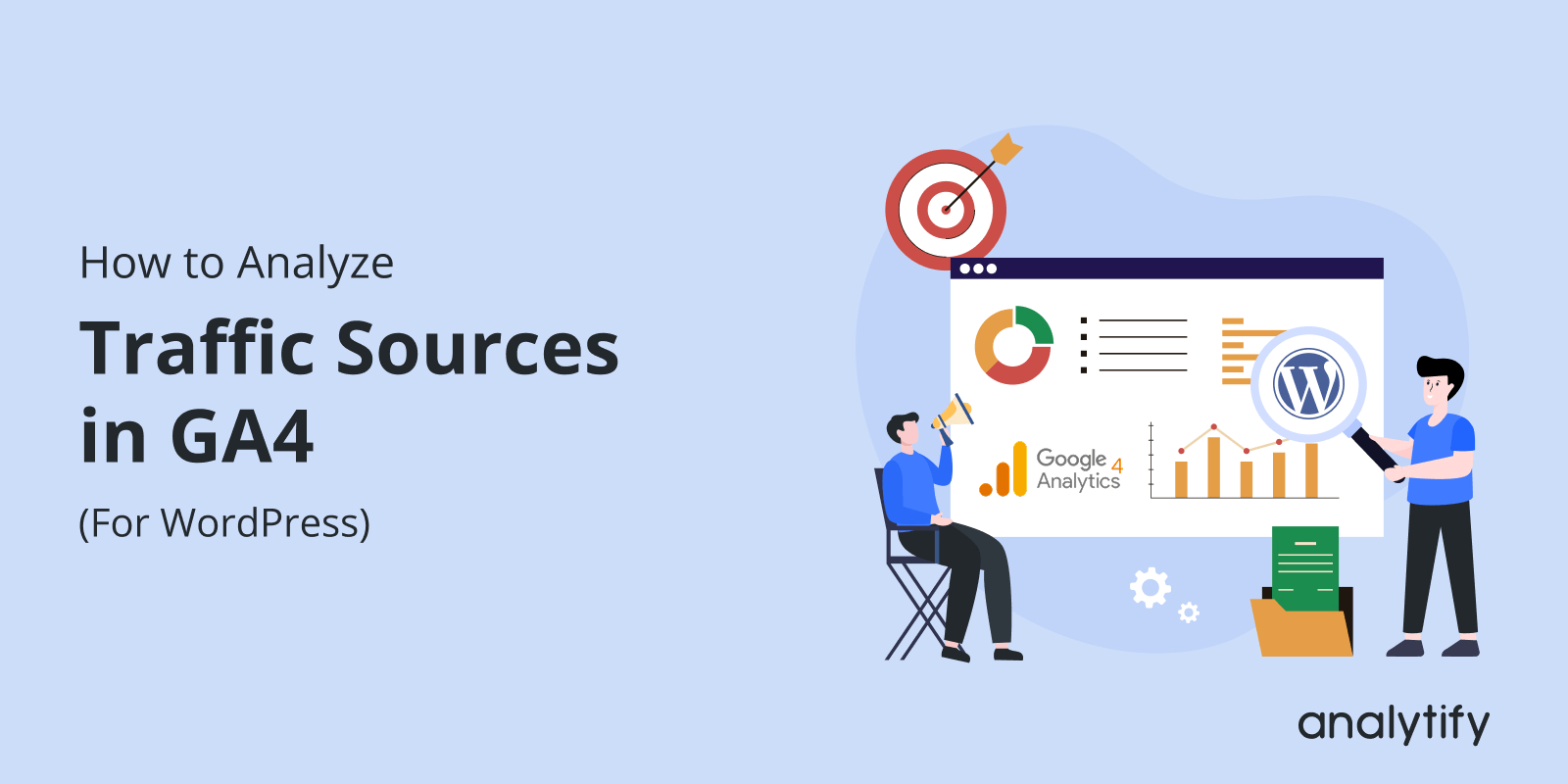Are you using GA4 Explorations for bloggers to understand why some posts perform and others fall flat?
Most bloggers rely on standard GA4 reports, but those only show surface metrics. Explorations go deeper, they reveal how readers move through your content, where they engage, and what triggers conversions like signups or affiliate clicks.
With the right Exploration reports, you can analyze complete content journeys, compare behavior across traffic sources, and spot patterns that standard analytics never show. This is the level of insight serious bloggers need to plan updates, improve internal linking, and grow conversions.
For WordPress users, Explorations become even more powerful when combined with Analytify. It pulls key GA4 insights directly into your dashboard, auto-tracks essential engagement events, and simplifies the data you’d otherwise dig through manually.
In this guide, I’ll explain how bloggers can use GA4 Explorations step-by-step, Free-form, Path, Funnel, Cohort, and more, plus how Analytify simplifies advanced analytics for WordPress.
Continue reading “GA4 Explorations for Bloggers: How to Analyze Content Performance”









